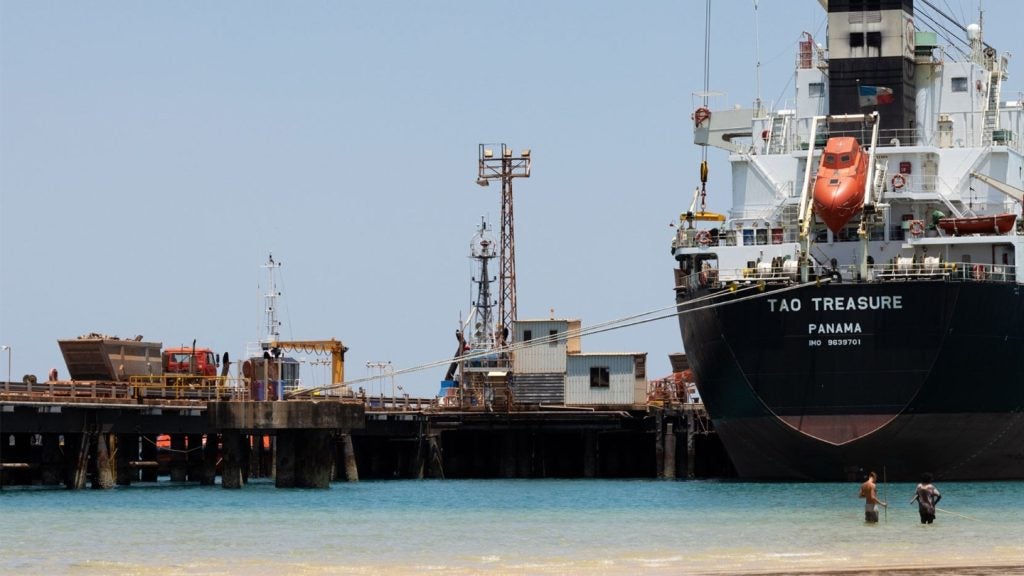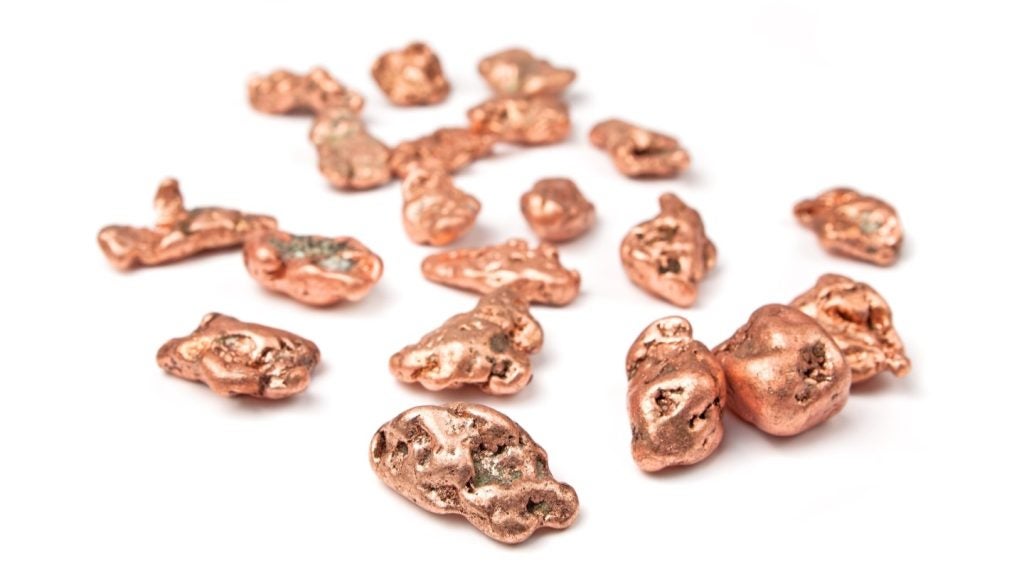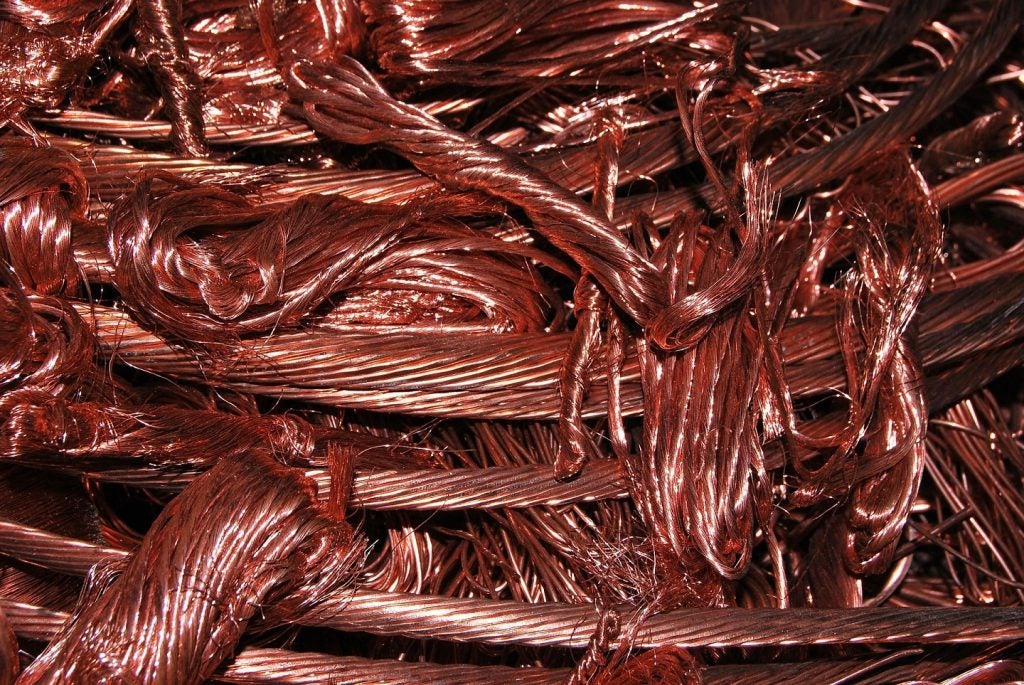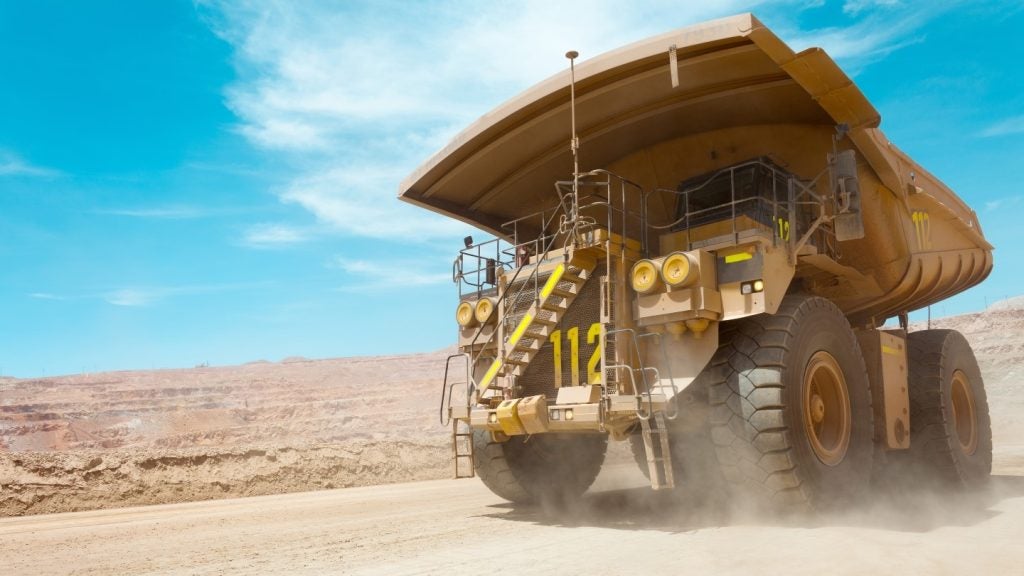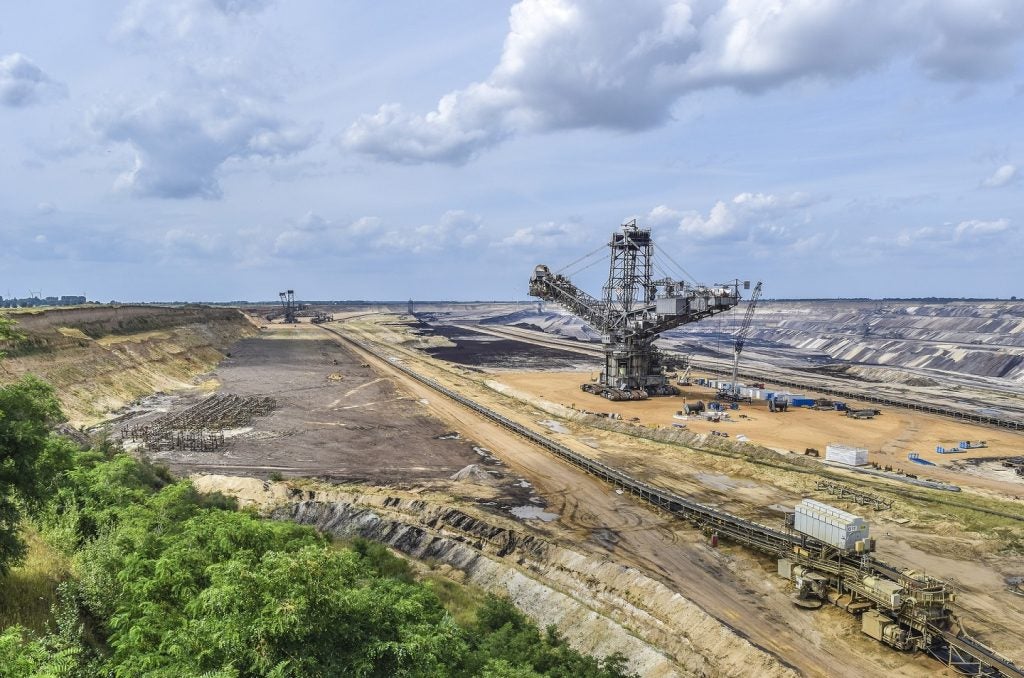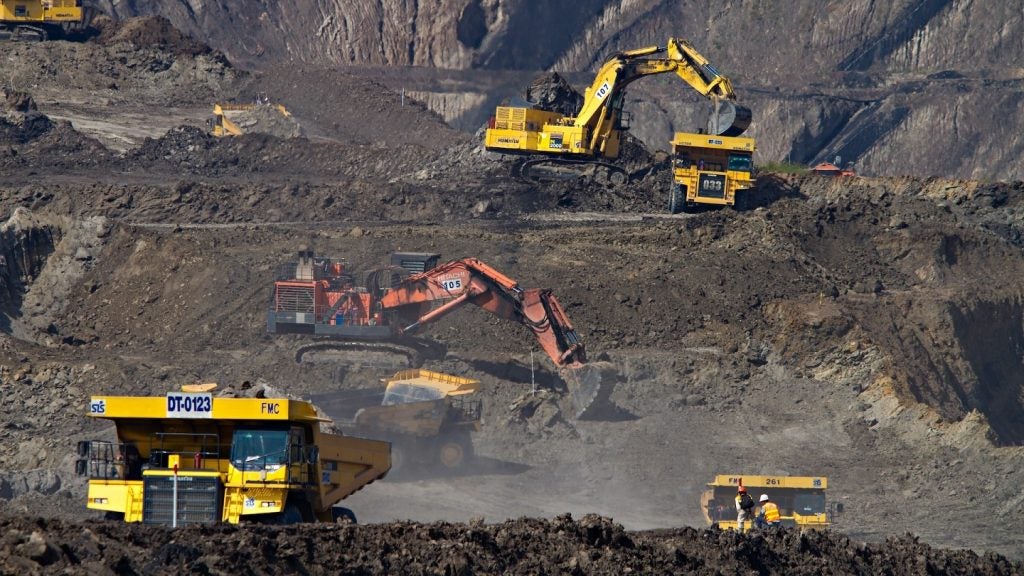Mining giant Rio Tinto has commenced the steel recycling process at its Gove alumina refinery site in East Arnhem Land, Northern Territory, Australia.
The demolition is part of a broader closure programme at its Gove operations, where bauxite mining could stop later this decade.
The demolition project is considered to be one of the largest not only in Australia but also around the world.
Between 1972 and 2014, the Gove refinery processed the bauxite mined nearby into alumina. In 2017, the company decided to permanently close the site and started the preparation work for demolition and remediation.
Demolition work at the refinery has been contracted to Liberty Industrial.
The first shipment of 15,000 tonnes (t) of scrap steel recently left the Gove wharf for Asia, where it will be converted into new steel wire, bar and beam products.
Demolition at the site started last year. A total of ten steel shipments weighing as much as 142,000t are expected to leave for Asia from the refinery site.
Nearly 300,000t of concrete is also expected to be recycled for local road construction and other projects.
Rio Tinto Gove closure general manager James Low said: “This iconic site holds a lot of memories for the thousands of people who worked here over the last five decades. But even more significant is the immemorial connection that the Gumatj traditional owners have with the land. We are excited to be part of the work that returns the site to them.
“The Gumatj are integral to what we are doing at the refinery. They are the key decision-makers for how the site will be left in the future, including whether infrastructure like the wharves and warehouses will be handed over for ongoing use. Their business arm is also supplying equipment for the demolition."


